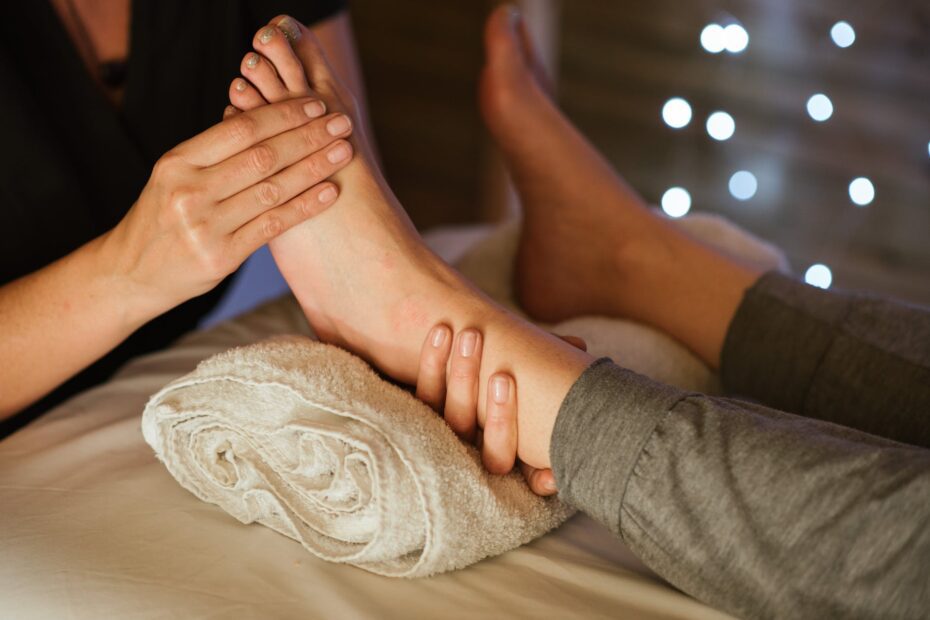Are you tired of dealing with the discomfort and pain caused by chafing? Look no further! In this ultimate guide, we have gathered expert tips and tricks from a dermatologist to help you effectively treat and prevent chafing. Say goodbye to the irritation and hello to relief and comfort!
Chafed skin can be incredibly uncomfortable, but there are several methods you can use to soothe it. One effective method is to use moisturizers that provide hydration and create a protective barrier on the skin. Applying cold compresses can also help reduce inflammation and provide instant relief. Additionally, using anti-inflammatory creams can help alleviate discomfort and promote healing.
Prevention is key when it comes to chafing. To avoid this uncomfortable condition, opt for moisture-wicking fabrics that help keep your skin dry and reduce friction. Using lubricants, such as petroleum jelly, can also provide a protective layer and prevent chafing. Practicing proper hygiene, including keeping the affected area clean and dry, is crucial. Lastly, maintaining a healthy weight can reduce the risk of chafing, as excess weight can contribute to friction and irritation.
By following these expert tips and tricks, you can effectively treat and prevent chafing, ensuring relief and comfort for your skin. Don’t let chafing hold you back from enjoying your favorite activities. Take control and say goodbye to chafing once and for all!
Soothing Chafed Skin
Soothing chafed skin is essential for relieving discomfort and promoting healing. There are several effective methods and remedies that can help soothe chafed skin and provide much-needed relief.
One of the simplest and most effective ways to soothe chafed skin is by using moisturizers. Applying a moisturizer, such as aloe vera gel or a fragrance-free lotion, can help hydrate the skin and reduce irritation. It is best to choose products that are specifically formulated for sensitive or chafed skin.
Cold compresses can also be highly effective in soothing chafed skin. Applying a cold compress, such as a clean cloth soaked in cold water or a bag of frozen peas wrapped in a thin towel, can help reduce inflammation and provide immediate relief. The cold temperature helps numb the area and alleviate discomfort.
In addition to moisturizers and cold compresses, using anti-inflammatory creams can be beneficial. These creams, containing ingredients like hydrocortisone or zinc oxide, help reduce inflammation and promote healing. It is important to follow the instructions provided and consult a dermatologist if the chafed skin does not improve or worsens.
In summary, soothing chafed skin requires a combination of effective methods and remedies. By using moisturizers, applying cold compresses, and using anti-inflammatory creams, you can provide relief and promote healing for chafed skin.
Preventing Chafing
Preventing Chafing
Chafing can be a painful and uncomfortable experience, but there are several preventive measures you can take to avoid it. By following these expert tips, you can keep chafing at bay and enjoy your activities without any discomfort.
1. Wear moisture-wicking fabrics: Choose clothing made from fabrics that wick away moisture, such as synthetic blends or moisture-wicking materials. These fabrics help to keep your skin dry, reducing the friction that can lead to chafing.
2. Use lubricants: Applying a lubricant, such as petroleum jelly or anti-chafing balms, can create a protective barrier between your skin and clothing. This reduces friction and prevents chafing from occurring.
3. Practice proper hygiene: Keeping your skin clean and dry is essential in preventing chafing. After physical activity or sweating, make sure to shower and thoroughly dry the areas prone to chafing. This helps to eliminate any moisture that can contribute to chafing.
4. Maintain a healthy weight: Excess weight can increase the likelihood of chafing, as it creates more friction between the skin folds. By maintaining a healthy weight through regular exercise and a balanced diet, you can reduce the risk of chafing.
By incorporating these preventive measures into your routine, you can effectively avoid chafing and enjoy a comfortable and pain-free experience. Remember, taking proactive steps is key to preventing chafing and ensuring your skin stays healthy and irritation-free.
Frequently Asked Questions
- Q: What causes chafing?
A: Chafing is often caused by friction between the skin and clothing or skin-to-skin contact. It can be exacerbated by moisture and heat, leading to irritation and discomfort.
- Q: How can I soothe chafed skin?
A: There are several effective methods to soothe chafed skin. Applying a moisturizer can help hydrate and protect the skin. You can also use cold compresses to reduce inflammation and discomfort. Anti-inflammatory creams or ointments can provide additional relief.
- Q: What are some preventive measures for chafing?
A: To prevent chafing, it’s important to wear moisture-wicking fabrics that help keep the skin dry. Using lubricants, such as petroleum jelly, can reduce friction. Practicing proper hygiene, including keeping the affected areas clean and dry, can also help. Additionally, maintaining a healthy weight can reduce the likelihood of chafing.
- Q: Can chafing occur in different parts of the body?
A: Yes, chafing can occur in various areas, including the thighs, underarms, groin, nipples, and feet. Anywhere there is friction or moisture, chafing can develop.
- Q: Are there any home remedies for chafing?
A: Yes, there are several home remedies that can help alleviate chafing. Applying aloe vera gel, coconut oil, or a mixture of baking soda and water to the affected area can provide relief. Taking cool baths with oatmeal or Epsom salts can also soothe chafed skin.


Keith is originally from Truckton, Colorado. The 54-year-old cared for his overweight wife for many years. Keitch is also a freelance editor at antichafing.net and supports the team as a competent advisor. In his spare time Keith enjoys reading books, visiting his homeland and is a passionate product tester for well-known manufacturers.

